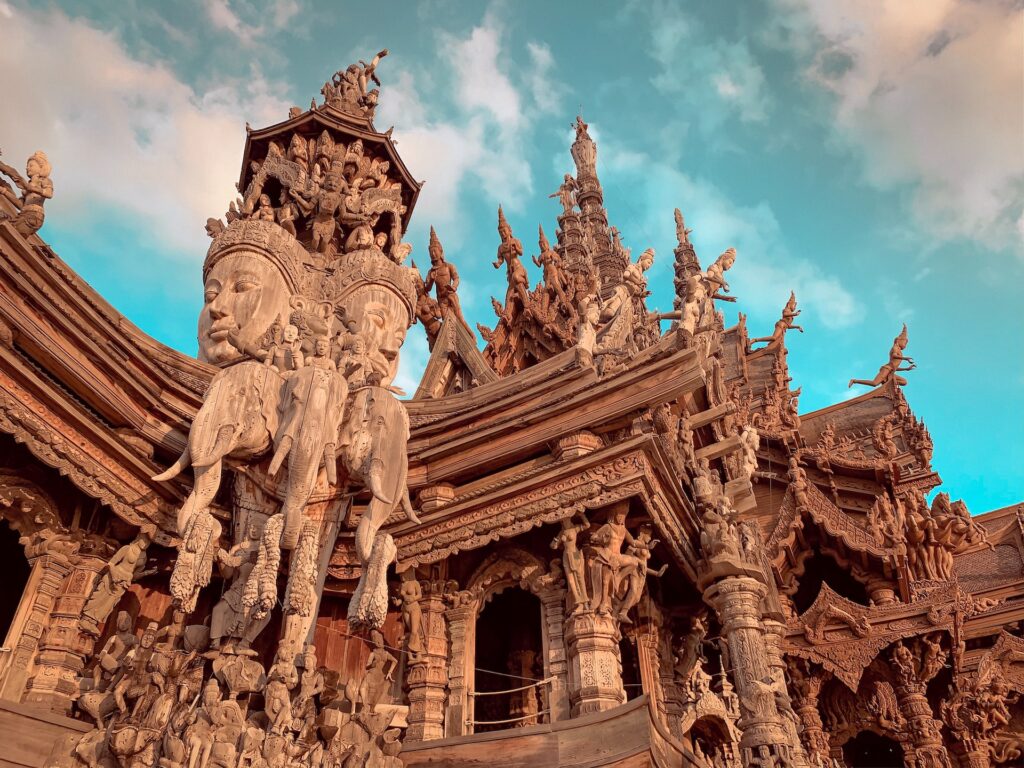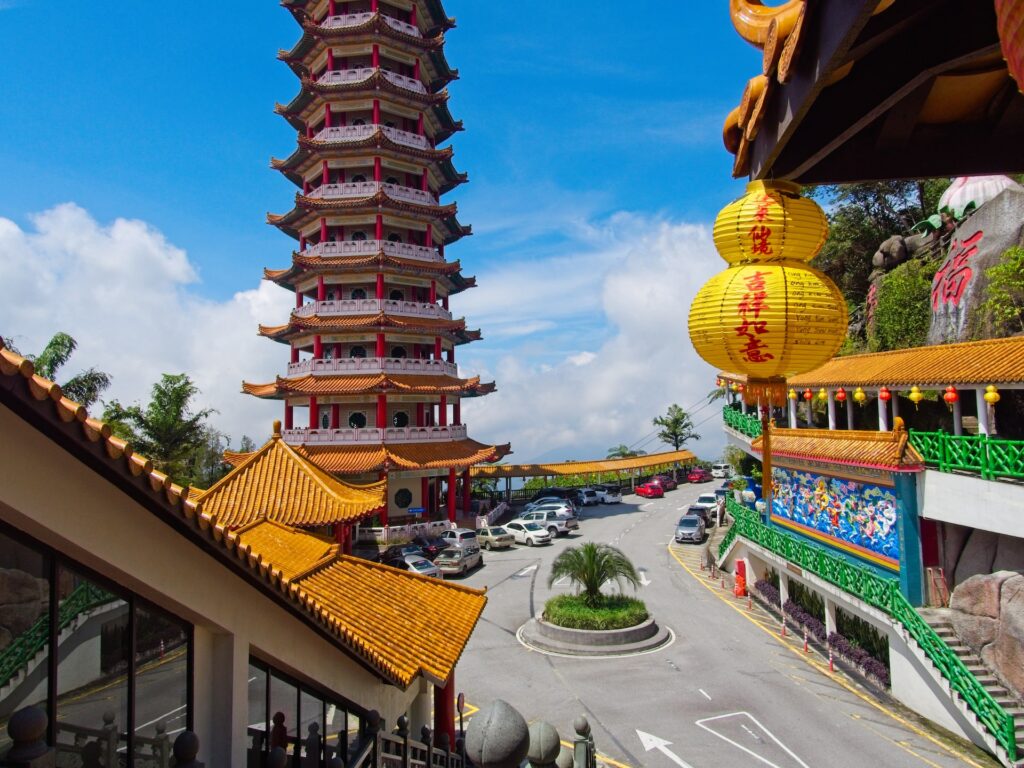- Overview
- Trip Outline
- Trip Includes
- Trip Excludes
- Gallery
- Reviews
- Booking
- FAQ
The capital city of the province of Limburg, Maastricht, is one of the most beautiful cities in The Netherlands. Set along both banks of the River Maas, it's also one of the country's most dynamic commercial and tourist centers.
Founded by the Romans in 50 BC on a vital crossing-point on the Maas where two military roads met, Maastricht was strengthened in the 3rd century and again in the 14th century. The city switched hands over the years and suffered numerous sieges, leading to impressive architectural influences.
The signing of the Maastricht Treaty in 1992 saw the city become the symbol of the European Union, with the first meeting of the original 12 constituent states being held here. Attractions for tourists in Maastricht range from well-preserved medieval ministries to galleries filled with artistic treasures.
But with all its historical and creative treasures, one of the best things to do in Maastricht is to simply appreciate strolling the many atmospheric streets and riversides of this immensely pedestrian-friendly city.
Here are some of my leisure recommendations for first-time travelers:
Wander around City Hall and Market Square
The best way to enjoy Maastricht is to walk its numerous people-friendly streets and laneways. Begin your walking tour at the city's focal point, the lively (Market Square).
Many lovely cafés line the edges of Market Square, which is the scene of a food market on Wednesday or Friday. On Saturdays, it is filled with a flea market. Stop here for a treat before going to the city's top tourist attractions, most of which are a leisurely stroll away.
Natural History Museum
Found in a former sanctuary in the historic Jekerkwartier district, it's famous for its displays displaying the geological development of the province through displays of fossils and local rock types.
Highlights contain a fascinating wardrobe of curiosities where you'll see a rare example of a 'rat king,' a group of rats bound together by their tails. A natural section with collections of regional flora and a botanical garden on the River Jeker are also of curiosity.
Fort Sint Pieter and the Caves of Maastricht
Mount Saint Peter (Caestert Plateau), the northernmost section of a colossal plateau extending between Maastricht and the city of Liège in Belgium, is well-known as a wildlife reserve and recreational area. It's also where you'll find the historic 18th-century Fort Sint Pieter.
Some 20,000 routes with a total length of 200 kilometers once existed here, some of them widened with storerooms, a bakery, and even a chapel during World War II. The caves were also used to save art gems, including Rembrandt's Night Watch during the war. The caves can be explored as part of an engaging guided tour. Along with their historical attraction, they also offer the opportunity to see evidence of ancient fossils.
Bonnefanten Museum
Situated on the banks of the River Maas in a contemporary structure that resembles a 1950s version of a rocket ship, the extraordinary Bonnefanten Museum displays Maastricht's most important art collections.
The museum has a rich collection of medieval art, including wooden statues from the 13th to 16th centuries.
Stroll the Old Town Walls and Hell Gate
Maastricht's Old Town maintains the details of the first circuit of town walls, built around 1229. The wall's most special sections are Hell Gate (Helpoort) on St. Bernardusstraat, the oldest town gate in the Netherlands, and the Jeker Tower.
Take note of Onze-Lieve-Vrouwewal, a spread of old walls showing fine views over the municipal park with its old artillery and the Maas. The town's second circuit of walls dates from around 1350.
De Bisschopsmolen (Bishop's Mill)
One of the wonders you'll find in strolling through Maastricht's back streets is a functional water mill that dates from the 14th century. Not only is the mill operating, but the flours and grains it grinds are created into bread and pastries at the adjacent bakery.
Grab a bread in the bakery's café and test the local specialty, Limburgse vlaai, a lattice-topped pie filled with cherries, plums, or apricots.
Maastricht is one of the most gorgeous Dutch towns. With its fascinating history, one of the rare European churches with the network, and so many beautiful cultural sites, it's definitely worth visiting. The city is a booming cultural and regional epicenter. It became well known via the Maastricht Treaty and as the motherland of the euro. Maastricht has 1677 national heritage buildings (rijksmonumenten), the second highest number in the Netherlands, after Amsterdam.
If you plan to visit Maastricht, include it in your visa application. You can check out my blog post on Schengen visa application for visa application details. So what are your plans when you visit Maastricht?
No details found.
No details found.
No details found.
No Details Found





There are no reviews yet.